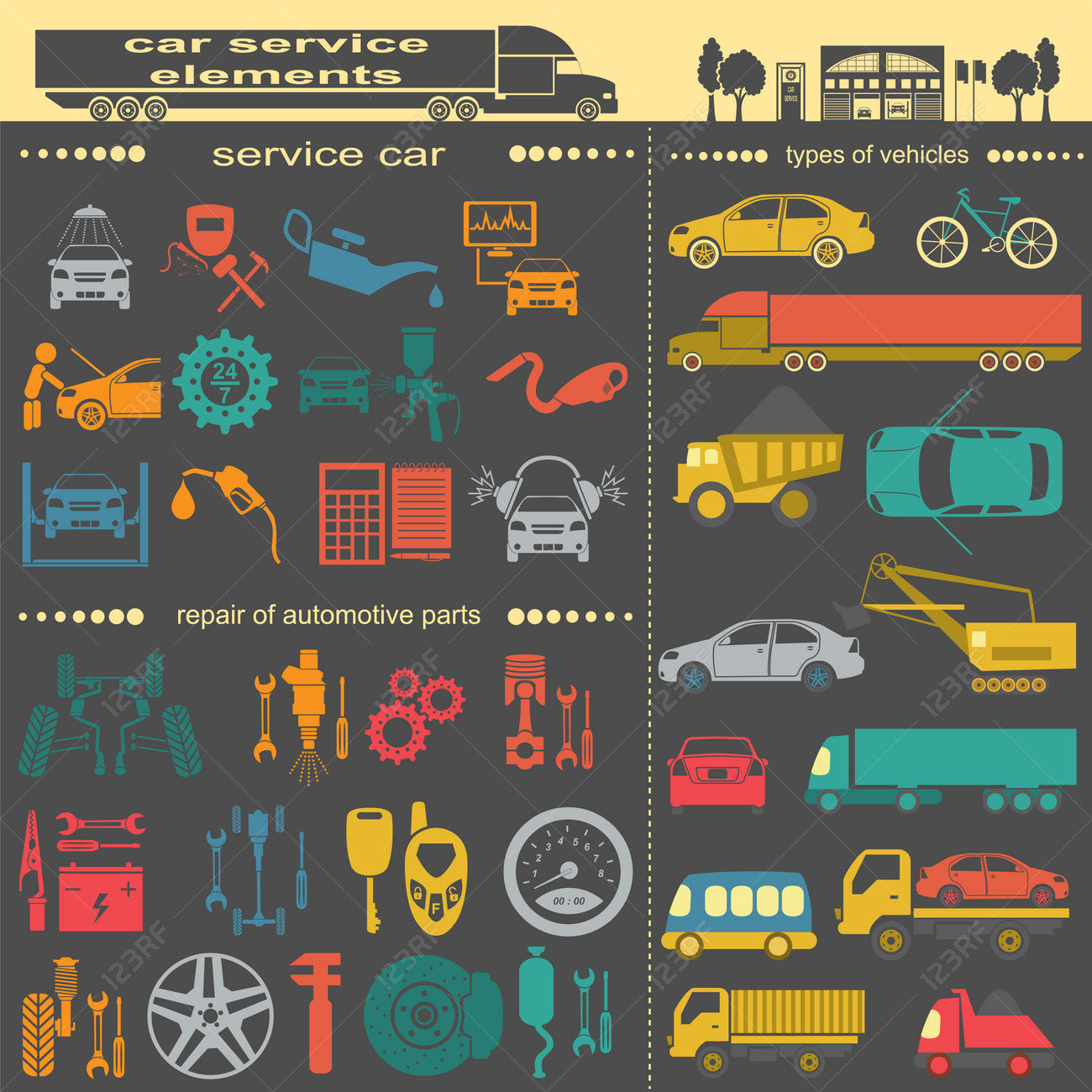Comprehending The Value Of Your Cars And Truck'S Warning Signals: What They In Fact Represent
Comprehending The Value Of Your Cars And Truck'S Warning Signals: What They In Fact Represent
Blog Article
Recommended Internet page -Samuelsen Dalgaard
When you're behind the wheel, those radiant caution lights on your dashboard can be a little bit bewildering. Do you know what they're trying to tell you about your cars and truck's wellness? Comprehending the relevance of these lights is important for your safety and the longevity of your automobile. So, the following time among those lights pops up, wouldn't you wish to analyze its message properly and take the required actions to resolve it?
Common Caution Lights and Interpretations
Determine usual warning lights in your automobile and understand their definitions to guarantee risk-free driving.
One of the most regular warning lights consist of the check engine light, which signals issues with the engine or emissions system. If this light comes on, it's important to have your vehicle inspected quickly.
The oil pressure cautioning light shows reduced oil stress, needing prompt attention to stop engine damage.
A flashing battery light might recommend a faulty billing system, potentially leaving you stranded otherwise attended to.
The tire pressure tracking system (TPMS) light informs you to low tire pressure, impacting automobile stability and gas effectiveness. Overlooking this can lead to dangerous driving conditions.
The abdominal muscle light indicates a trouble with the anti-lock stopping system, compromising your ability to quit swiftly in emergencies.
Last but not least, the coolant temperature level warning light warns of engine getting too hot, which can lead to severe damage otherwise settled swiftly.
Recognizing these typical caution lights will certainly aid you address problems immediately and preserve secure driving conditions.
Relevance of Prompt Focus
Comprehending the typical caution lights in your vehicle is just the initial step; the value of quickly resolving these cautions can not be highlighted enough to ensure your safety and security when driving.
When a caution light brightens on your control panel, it's your vehicle's method of connecting a possible issue that needs attention. Overlooking https://brake17395.blogproducer.com/36791991/disclosing-the-essentials-of-a-first-class-car-repair-shop-experience can result in extra extreme problems down the road, jeopardizing your safety and security and possibly costing you much more out of commission.
Trigger focus to cautioning lights can prevent break downs and crashes. For example, a flashing check engine light might show a misfire that, if left ignored, could create damage to the catalytic converter. Addressing this immediately can conserve you from a costly repair service.
In a similar way, a brake system cautioning light might indicate low brake liquid or used brake pads, critical elements for your safety when driving.
Do It Yourself Troubleshooting Tips
If you notice a warning light on your dashboard, there are a few do it yourself repairing pointers you can attempt before looking for specialist help.
The first step is to consult your cars and truck's guidebook to recognize what the specific warning light indicates. Occasionally the problem can be as simple as a loose gas cap triggering the check engine light. Tightening the gas cap might fix the issue.
An additional typical concern is a reduced battery, which can activate numerous cautioning lights. Examining the battery links for deterioration and ensuring they're secure could repair the trouble.
If a warning light lingers, you can attempt resetting it by detaching the cars and truck's battery for a couple of mins and then reconnecting it. In https://airliftperformancekits05050.blogrenanda.com/36283443/prepare-to-expose-the-untold-facts-of-automobile-fixing-with-extraordinary-discoveries-that-will-change-how-you-see-things-you-will-not-think-the-info-you-have-actually-been-missing-out-on , inspecting your lorry's fluid degrees, such as oil, coolant, and brake liquid, can assist repair alerting lights connected to these systems.
Verdict
In conclusion, understanding your vehicle's warning lights is necessary for keeping your lorry running smoothly and safely. By quickly attending to these informs and knowing what they indicate, you can stay clear of expensive repair services and prospective failures.
Bear in mind to consult your vehicle's handbook for certain information on each alerting light and do something about it accordingly to make certain a hassle-free driving experience.
Keep educated, remain secure when driving!
